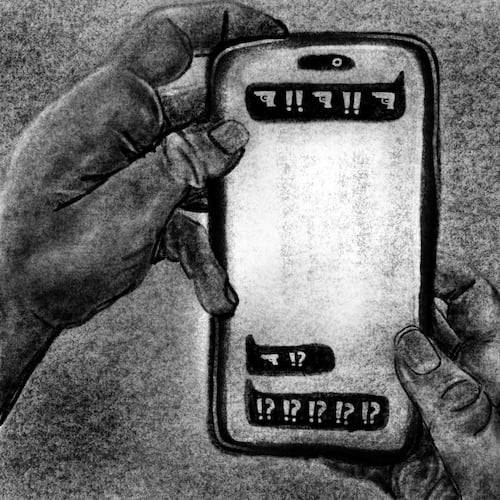AUGUSTA -- A man in a white tank top loudly interrupted a speech, calling for the city's Bloods and Crips gangs to unite against the establishment.
Credit: Johnny Edwards
Credit: Johnny Edwards
A few heated arguments broke out on the sidewalk.
And one man held up a sign demonstrating against the demonstrators: "You learn from history / Good & bad / You don't destroy history."
But for the most part, those who turned out for an NAACP rally aiming to pull down the city's 139-year-old Confederate Monument met little resistance Thursday. Some 250 people turned out at a parking lot in the Broad Street median, near the base of the 76-feet spire bearing the inscription, "No nation rose so white and fair. None fell so pure of crime."
Some Facebook and Twitter chatter earlier in the week suggested a counter-demonstration could be brewing, but that didn't materialize.
Beulah Nash-Teachey, president of the Augusta NAACP chapter, called the rally a success and said she's confident the Georgia General Assembly can be convinced to remove the biggest obstacle to her objective: a law prohibiting the removal or covering up of any Confederate memorials.
Credit: Johnny Edwards
Credit: Johnny Edwards
"Laws are written for reasons," she told the AJC. "They can be rewritten."
State Sen. Harold Jones, D-Augusta, said that law is an overreach, and he'll be part of an effort to take it off the books in next year's legislative session. The state shouldn't tell communities like Augusta, which has majority-black leadership, that they can't touch a monument on public property.
"A lot of people are talking about having a dialogue (about the monument), which is good," Jones said. "But the dialogue is local."
One of the speakers at Thursday's rally, Trenton Nesmith, said one of his ancestors fought for the Confederacy. But he wants the monument gone.
"We're standing here in front of a monument that glorifies white supremacy," Nesmith, who is white, said. "That glorifies the men who were sent to their death for a despicable cause, and now they're re-envisioned as heroes. We're standing in front of a monument that has the audacity to speak of a nation that was never legitimate and never about fairness. A monument right in the center of a city filled with the descendants of the enslaved people."
Nesmith's speech was soon commandeered, though, by local activist Ray Montana, who led his supporters in a loud call and response saying, "Street! ... Justice!"
Montana wasn't in favor of the monument but rather seemed to be calling for militant action to make sure it comes down. Sheriff Richard Roundtree and several other officers ushered Montana to the opposite end of the parking lot, where he continued his rant, promising to unseat incumbent politicians in next year's elections.
As for the opposite end of the political spectrum, about a half dozen self-described patriots showed up, some wearing hats and t-shirts emblazoned with the Confederate flag. But they mostly either observed quietly or got into debates with demonstrators.
Jim Stachowiak wore a black t-shirt with a skull and a Roman number III – a symbol, he said, of the Three Percenters patriot movement. The Three Percenters pledge resistance against the U.S. government to protect what it sees as constitutional rights.
He also carried an ASP baton on his belt.
Credit: Johnny Edwards
Credit: Johnny Edwards
Stachowiak told some demonstrators that the monument should stay. "If you remove the reminders of the bad, horrible past, you're doomed to repeat it," he told them.
One man told him he wants it put in a museum instead of being out on the street. A woman suggested putting up a plaque nearby that puts the monument in context as a relic of the state's racist past.
Stachowiak eventually walked away from them.
Michael Layman, who held the "don't destroy history" poster, said he's worried about what might be next if Confederate monuments are deemed too offensive for public display. Statues of anyone who fought in Indian wars? he wondered. The Harry S. Truman Presidential Library, since he gave orders to drop atom bombs?
As for the monument's "white and fair" inscription that has activists upset, Layman pointed out that they're the words of an English poet who wrote a tribute to Robert E. Lee.
"A poet and his words are up for interpretation," Layman said. "He could mean it to be white (as in race), or he could mean it to be pure."
About the Author
Keep Reading
The Latest
Featured






